Understanding America's opioid epidemic
More than 107,000 Americans died of drug overdoses in 2021

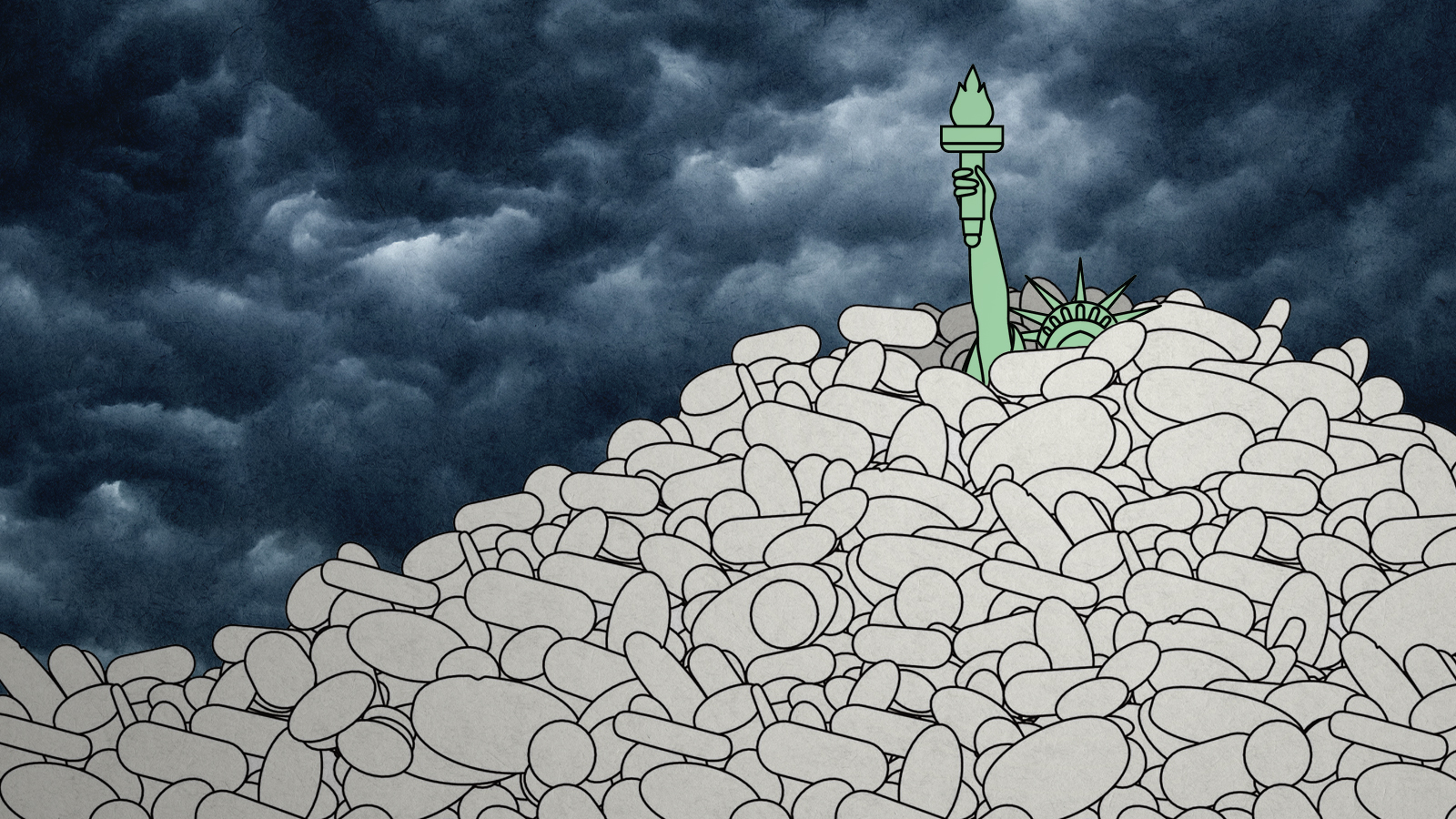
In 2021, the United States reached a grim milestone: More than 107,000 Americans died of drug overdoses, the highest number ever recorded. Today, drugs made in laboratories are responsible for most U.S. overdose deaths, as they are cheaper and quicker for traffickers to make and can be extremely potent. They're also easier for teens and young people to buy, with dealers using social media to sell counterfeit pills laced with the powerful synthetic opioid fentanyl. Here's everything you need to know:
What is behind this surge in synthetic drugs?
It's harder and more time-consuming to make illicit drugs using natural ingredients — a drug trafficker needs to have the space, for example, to plant the opium poppies necessary for heroin. For synthetic drugs, a trafficker would just need a small lab, which can be set up in a private residence or warehouse with just a few chemists. It's faster to make synthetic drugs, and because of their potency, users won't need as much, meaning traffickers can move smaller amounts more discreetly, The New York Times explains.
The two drugs that caused the most U.S. overdose deaths last year — fentanyl and meth — are both produced in labs. Federal data also shows that overdoses are now the leading cause of preventable death among people between the ages of 18 and 45, and since 2001, more than 1 million Americans have died from drug overdoses.
The Week
Escape your echo chamber. Get the facts behind the news, plus analysis from multiple perspectives.

Sign up for The Week's Free Newsletters
From our morning news briefing to a weekly Good News Newsletter, get the best of The Week delivered directly to your inbox.
From our morning news briefing to a weekly Good News Newsletter, get the best of The Week delivered directly to your inbox.
How is social media playing a role in the opioid crisis?
For many young people, purchasing opioids is as easy as picking up their phone and opening up their favorite social media app. Tim Mackey, a professor at the University of California San Diego, told the Times there are drug dealers "on every major social media platform — that includes Instagram, Facebook, Twitter, Snapchat, Pinterest, TikTok, and emerging platforms like Discord and Telegram. It's an entire ecosystem problem: As long as your child is on one of those platforms, they're going to have the potential to be exposed to drug sellers."
Teens may think they are buying a Percocet or Xanax pill, but law enforcement officials say they are often receiving counterfeit pills that have been laced with fentanyl, which is 50 times stronger than heroin and about 100 times stronger than morphine. In Placer County, California, 40 people died from fentanyl poisoning last year, and District Attorney Morgan Gire told the Times when a young person there dies of an overdose, "social media is almost exclusively the way they get the pills."
Snapchat's parent company said that from July to December 2021, 88 percent of drug-related content on the platform was detected by artificial intelligence software that monitors terms that could be linked to drugs, and action was taken against 144,000 drug-related accounts. Once a dealer goes dark, it doesn't mean the problem is fully solved — Mackey said his own software company detects about 10,000 new drug-related social media accounts every month.
How has the pandemic affected the opioid epidemic?
There are several reasons why some people turned to opioids during the earliest days of the pandemic — they felt cut off from the outside world; the stress of COVID-19 led to mental health struggles; they had been in recovery but could no longer go to in-person support meetings. "The pandemic really upended so many people's lives, especially people already living at the margins," Maritza Perez, director of national affairs for the Drug Policy Alliance, told Politico. "People lost their jobs, they were isolated. These are all factors that increase problematic drug use."
A free daily email with the biggest news stories of the day – and the best features from TheWeek.com
Adolescent behavior experts say young people often avoid using syringes, and if they feel like experimenting with drugs, trying a pill they bought on social media that was dropped off at their house seems like a less-risky venture. "Pills, with the false imprimatur of medical authority, appear safer," Jan Hoffman wrote in the Times. "Moreover, to their generation, prescription medications — for anxiety, depression, and focus — have been normalized."
What is the government doing to try to curb the opioid crisis?
New synthetic drugs are being introduced to Americans all the time, and law enforcement officials, constantly trying to keep up on the latest offerings, might not always know what they are looking for. Experts say instead of specifically focusing on getting drugs off the streets, there also needs to be more treatments available and harm reduction tools.
In April, the Biden administration released its inaugural National Drug Control Strategy, which centers on both fighting drug trafficking and untreated addiction. It calls for expanding access to harm reduction interventions like naloxone and fentanyl testing strips, as well as evidence-based treatment for people at the highest risk of overdosing. Customs and Border Protection is also getting more funding to try to better interrupt the flow of drugs into the United States.
How is naloxone being used as a tool to stop overdose deaths?
Naloxone, often sold under the brand name Narcan, is a medication that can treat a known or suspected opioid overdose emergency; if it's given to someone who is not experiencing an overdose, it will not have an adverse effect, making it an important life-saving tool. At police and fire departments across the country, first responders have access to Narcan, and administer it as soon as they arrive at the scene of an overdose.
Each state has a different law regarding naloxone and whether a person needs a prescription to get it. In Michigan, about half of the state's pharmacies have signed up for a program that allows them to dispense Narcan without a prescription, the Detroit Free Press reports. Researchers from the University of Michigan School of Nursing looked at eight counties in the state and found in communities that did not have a participating pharmacy, there were higher overdose death rates compared to the areas where pharmacies did dispense Narcan without a prescription.
Catherine Garcia has worked as a senior writer at The Week since 2014. Her writing and reporting have appeared in Entertainment Weekly, The New York Times, Wirecutter, NBC News and "The Book of Jezebel," among others. She's a graduate of the University of Redlands and the Columbia University Graduate School of Journalism.
-
 Zimbabwe’s driving crisis
Zimbabwe’s driving crisisUnder the Radar Southern African nation is experiencing a ‘public health disaster’ with one of the highest road fatality rates in the world
-
 The Mint’s 250th anniversary coins face a whitewashing controversy
The Mint’s 250th anniversary coins face a whitewashing controversyThe Explainer The designs omitted several notable moments for civil rights and women’s rights
-
 ‘If regulators nix the rail merger, supply chain inefficiency will persist’
‘If regulators nix the rail merger, supply chain inefficiency will persist’Instant Opinion Opinion, comment and editorials of the day
-
 A fentanyl vaccine may be on the horizon
A fentanyl vaccine may be on the horizonUnder the radar Taking a serious jab at the opioid epidemic
-
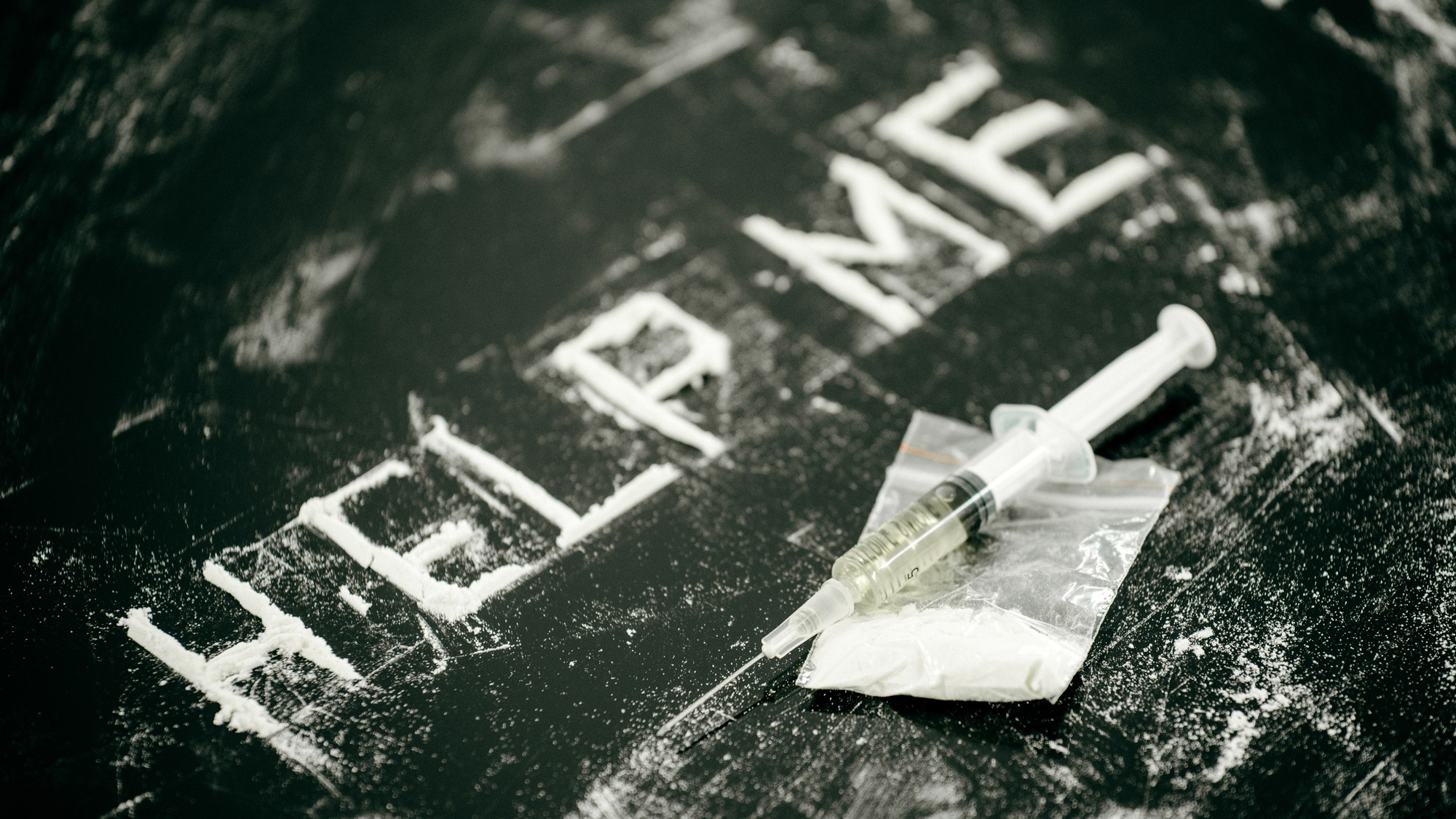 Nitazene is quietly increasing opioid deaths
Nitazene is quietly increasing opioid deathsThe explainer The drug is usually consumed accidentally
-
 The UK’s opioid crisis: why the stats don’t add up
The UK’s opioid crisis: why the stats don’t add upThe Explainer A new report has revealed that the UK’s total of opioid-related deaths could be much greater than official figures show
-
 FDA approves painkiller said to thwart addiction
FDA approves painkiller said to thwart addictionSpeed Read Suzetrigine, being sold as Journavx, is the first new pharmaceutical pain treatment approved by the FDA in 20 years
-
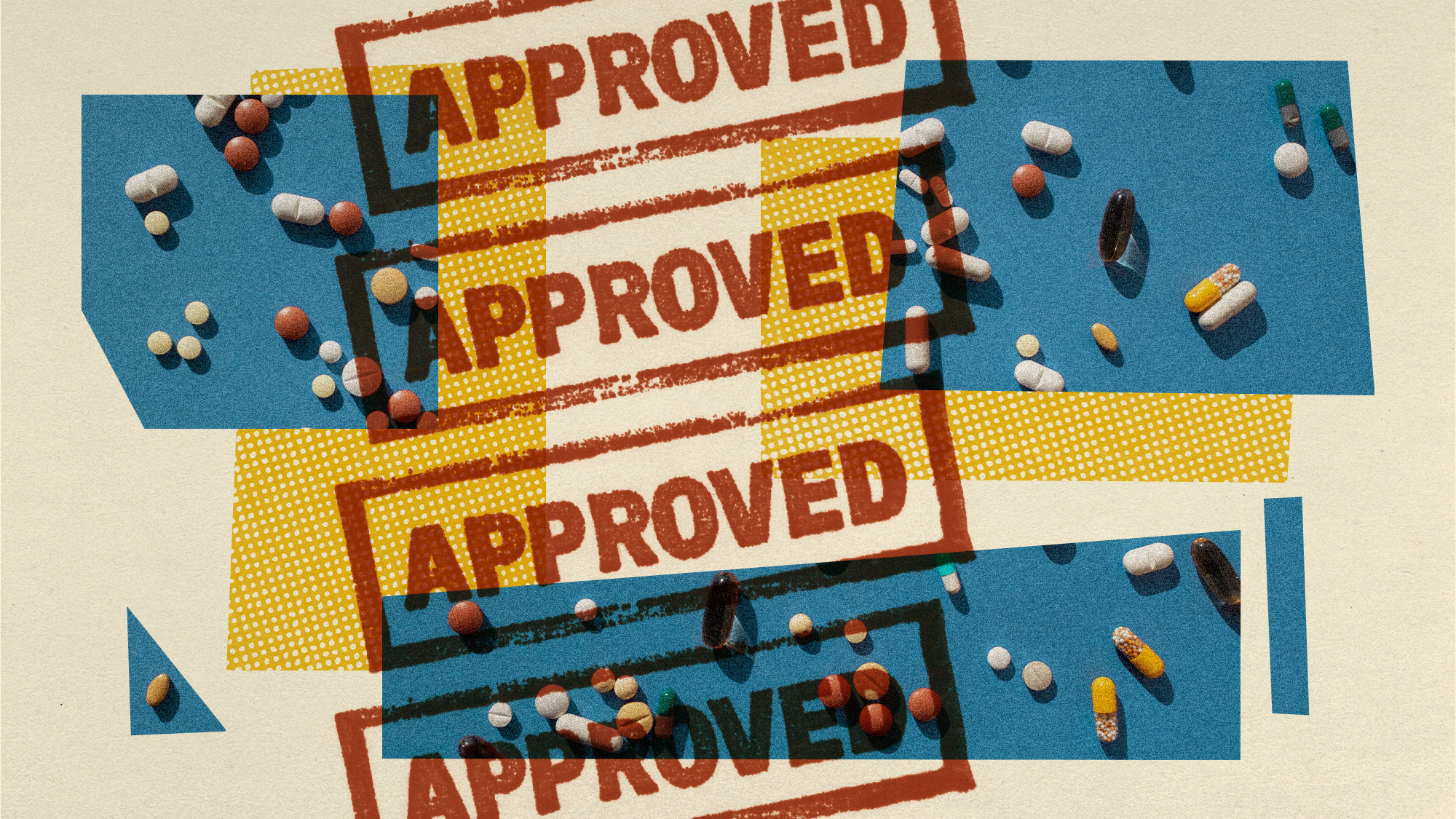 Drugmakers paid pharmacy benefit managers to avoid restricting opioid prescriptions
Drugmakers paid pharmacy benefit managers to avoid restricting opioid prescriptionsUnder the radar The middlemen and gatekeepers of insurance coverage have been pocketing money in exchange for working with Big Pharma
-
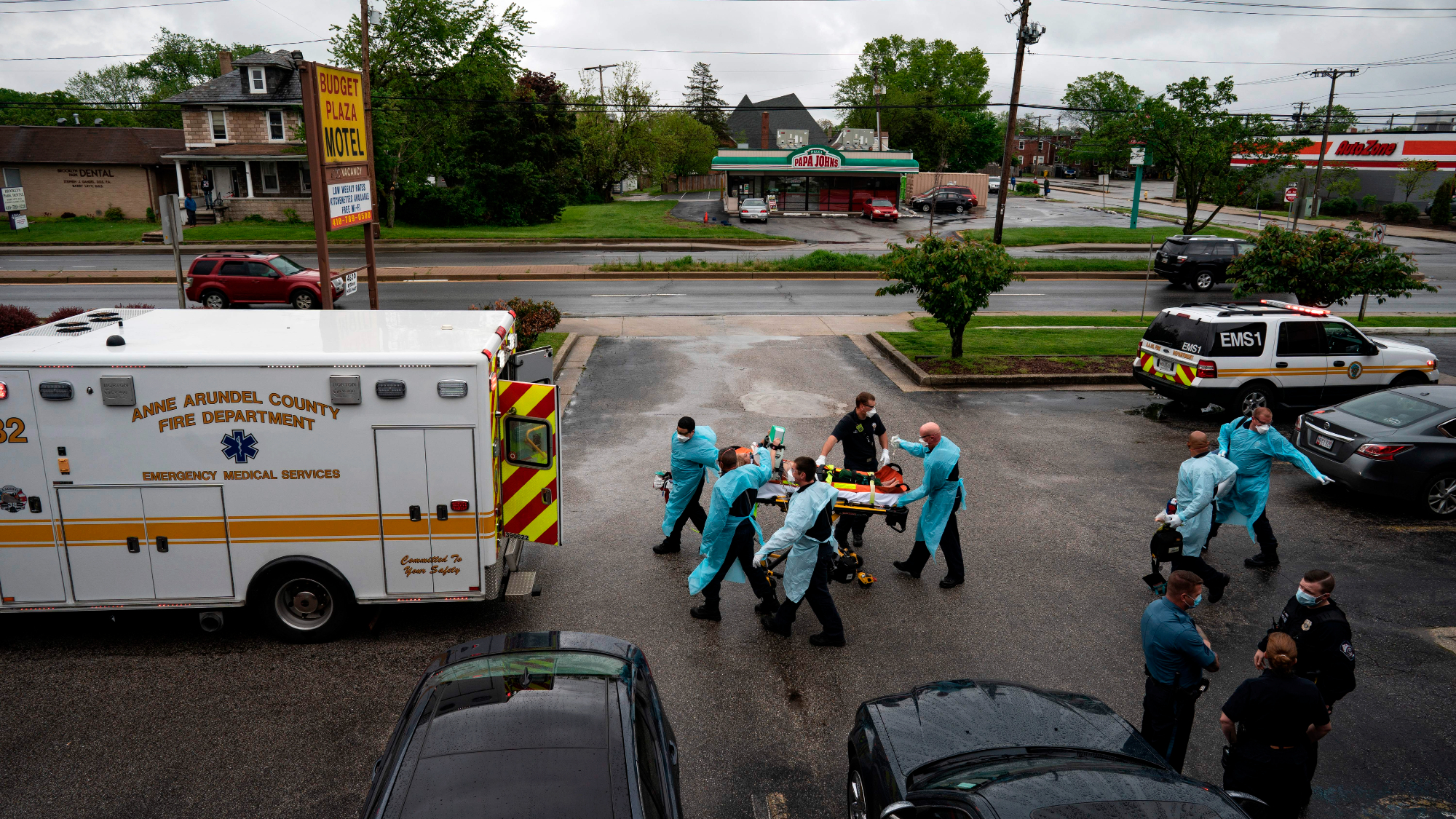 US overdose deaths fell in 2023, still topped 100k
US overdose deaths fell in 2023, still topped 100kSpeed Read New CDC data shows drug overdose deaths dropped for the first time in five years
-
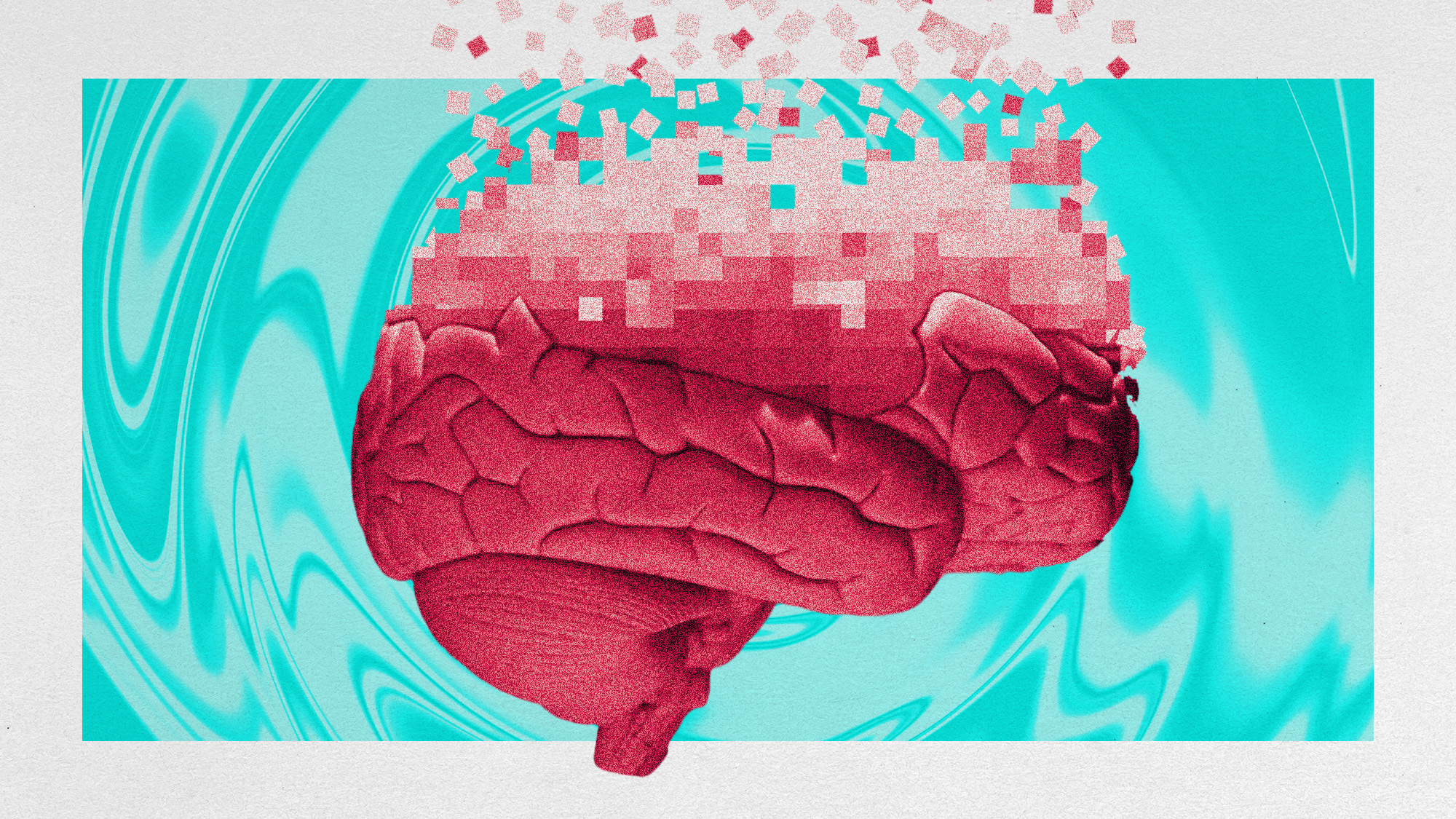 'TikTok brain' may be coming for your kid's attention span
'TikTok brain' may be coming for your kid's attention spanThe Explainer What happens to kids' brains when they binge TikTok's endless stream of bite-sized videos?
-
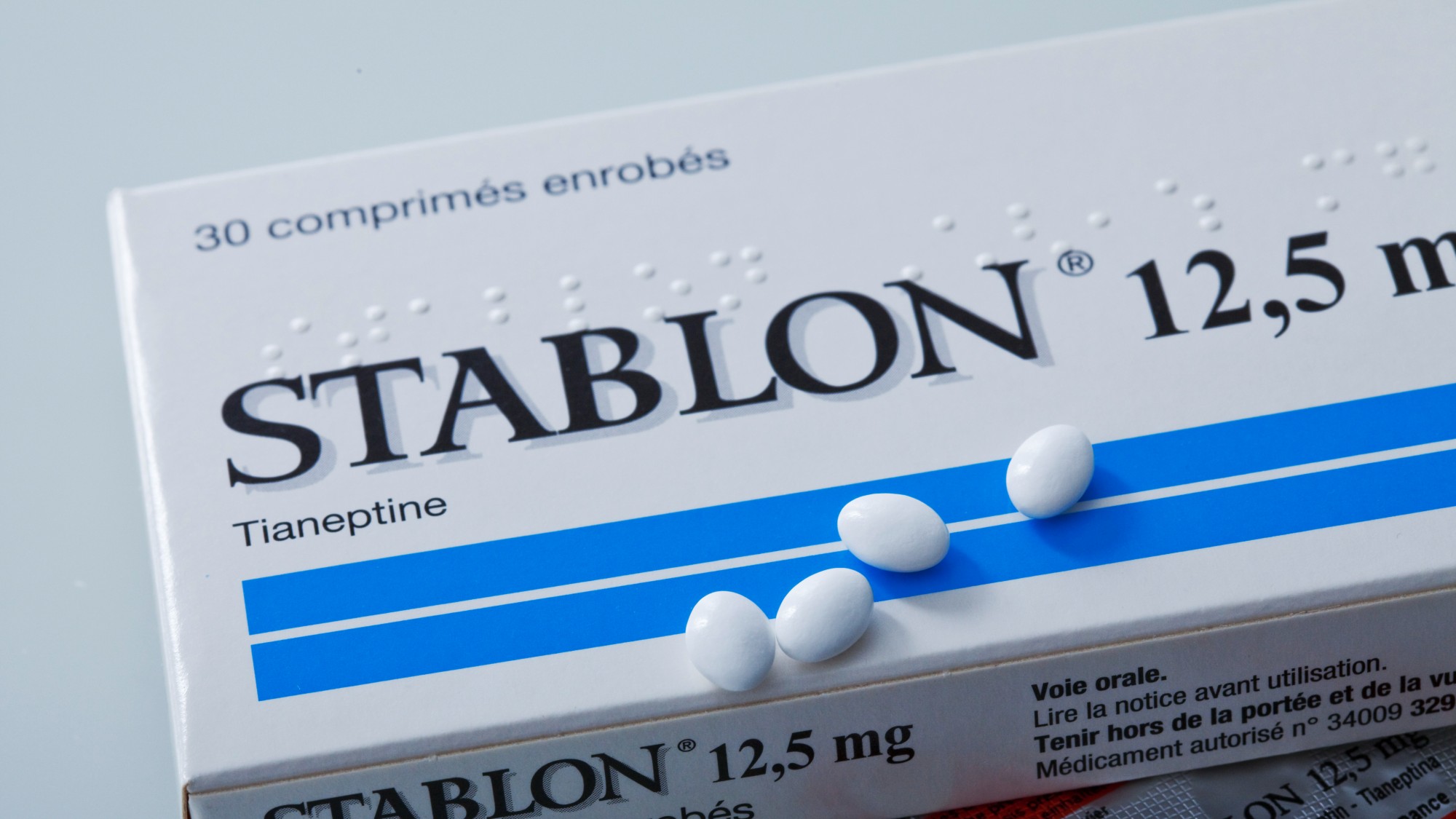 Tianeptine: why lawmakers fear a new kind of opioid
Tianeptine: why lawmakers fear a new kind of opioidThe explainer The drug is sold over the counter. And is highly addictive.
